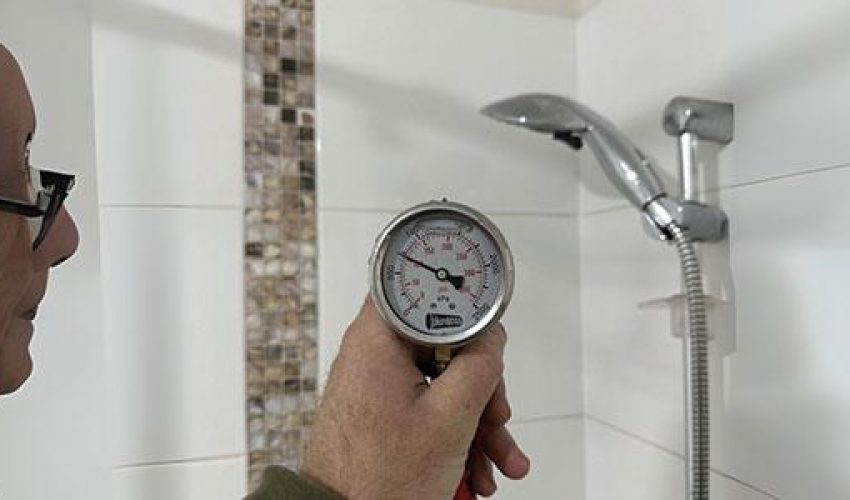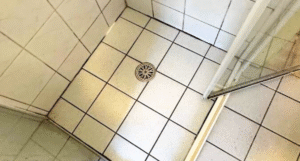When we notice high moisture around your taps or showerhead during an inspection in Canberra, we often recommend tap servicing and pressure testing. These steps can reveal hidden leaks that might be contributing to a leaking shower or water damage—here’s why they’re so valuable:
Why tap servicing is essential?
A common issue we see is leaking seals within the tap system, particularly the body washer—a red fibrous washer placed between the tap spindle and the tap body in the wall. When it wears out, water can leak into the wall cavity while the shower’s running. Since this only occurs when the taps are on, it can go unnoticed for a period and is often mistaken as just a shower issue, rather than a plumbing one.
If we detect high moisture in these areas, our tap service includes:
- Replacing the body washer, O-rings, and tap washers to ensure a tight seal
- Tightening tap spindles to prevent further leaks
- Checking that all seals are intact to stop water seeping behind the tiles
Why we recommend a pressure test
Alongside tap servicing, we suggest having a licensed plumber perform a pressure test while on-site. Though it rarely picks up every issue, it’s a useful double-check for hidden leaks in the plumbing between the taps and showerhead.
A few key points to understand about pressure testing:
- It won’t detect a body washer leak because the washer isn’t under pressure during the test—think of it like pulling the nozzle on a garden hose after the tap’s off.
- The test pressurises the system, turns the taps off, and checks if the pressure holds. The jumper valve (tap washer) seals the flow, meaning the body washer doesn’t factor in.
- With mains pressure at 500 kPa, only a major leak would show up on the gauge, which is why a plumber might report no issues even after servicing fixes the problem—good news!
Addressing showerhead leaks
If moisture points to a showerhead issue, performing a pressure test there can help.
Often, leaks arise from:
- A poorly fitted showerhead with insufficient thread tape, allowing water to backflow behind tiles and pool between the membrane and tiles until it escapes.
- A BP 19 fitting that wasn’t properly waterproofed, permitting water into the wall cavity.
To rectify this, a plumber will:
If moisture points to a showerhead issue, performing a pressure test there can help.
Often, leaks arise from:
- Remove the showerhead and apply fresh thread tape for a tight seal
- Test the BP 19 fitting with a pressure gauge to rule out deeper leaks
- Seal the gap between the wall tile and BP 19 fitting with silicone to prevent moisture.





